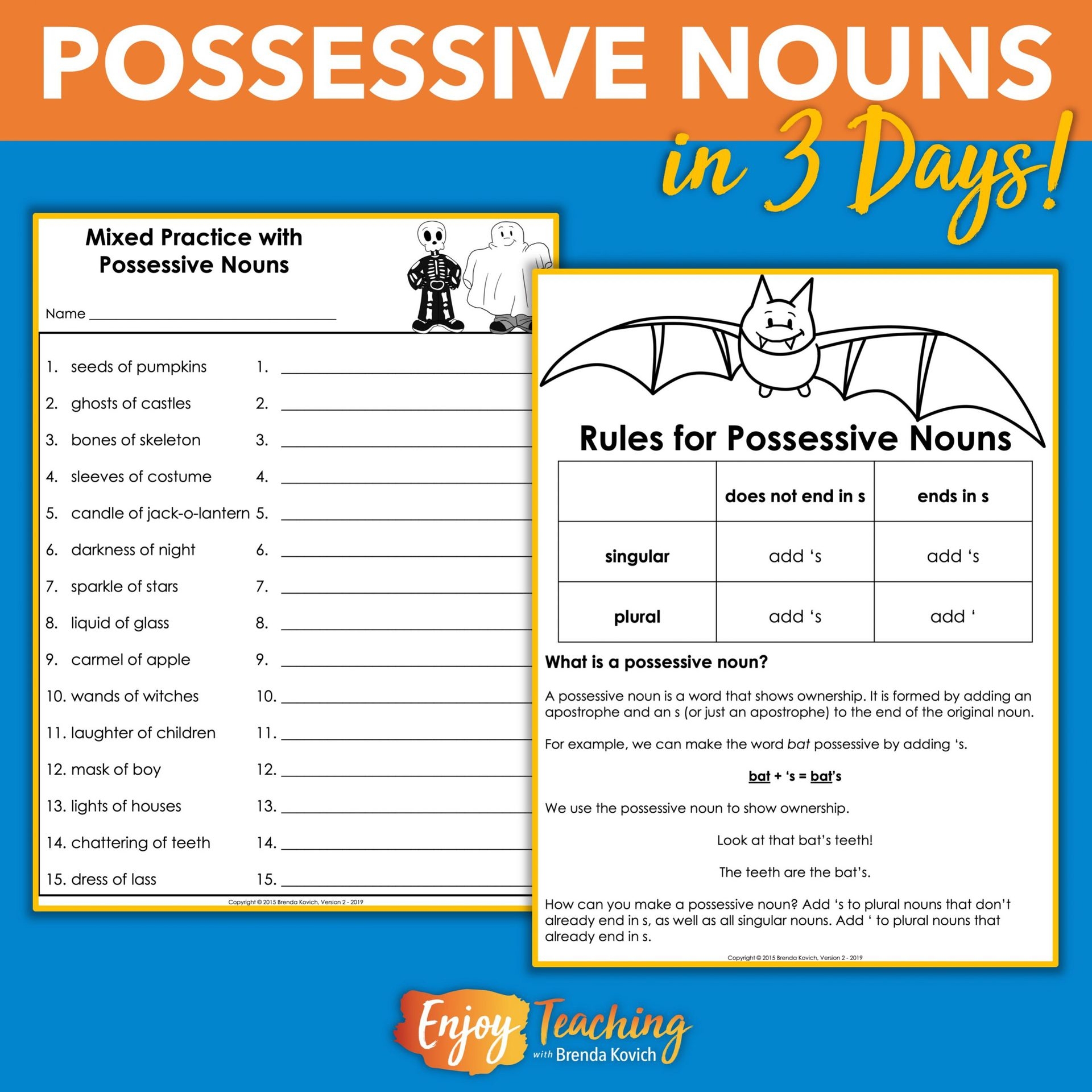When it comes to using plural possessive nouns in English grammar, there are certain rules that need to be followed in order to ensure correct usage. Plural possessive nouns are used to show ownership or relationship between two or more people, places, or things. Understanding these rules will help you communicate effectively and avoid common mistakes.
1. To form the possessive of most plural nouns, simply add an apostrophe after the ‘s’. For example, “The students’ books” indicates that the books belong to the students.
2. If a plural noun does not end in ‘s’, add ‘s to indicate possession. For example, “The children’s toys” shows that the toys belong to the children.
3. When a plural noun ends in ‘s’, you have the option to either just add an apostrophe or add an apostrophe followed by another ‘s’. Both forms are correct. For example, “The girls’ dresses” and “The girls’s dresses” are both acceptable.
4. For plural nouns that are irregular and do not follow the typical pluralization rules, add an apostrophe followed by ‘s to show possession. For example, “The men’s shoes” and “The children’s feet” demonstrate ownership.
5. When showing possession of joint ownership by two or more people, only the last noun receives the possessive form. For example, “John and Mary’s car” indicates that the car belongs to both John and Mary.
Understanding and following these rules will help you use plural possessive nouns correctly in your writing and speech. By paying attention to the form and placement of apostrophes, you can convey ownership and relationships accurately.
In conclusion, plural possessive nouns play an important role in English grammar by indicating ownership or relationship between multiple entities. By following the rules outlined above, you can use plural possessive nouns effectively in your communication. Practice using these rules in your writing to become more proficient in this aspect of grammar.
